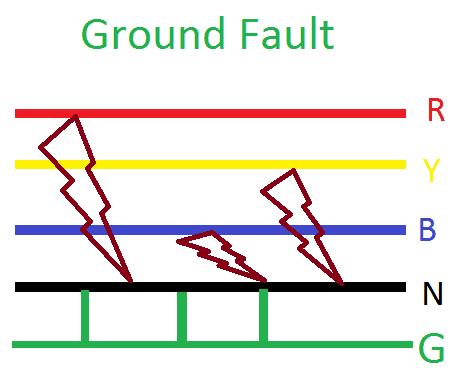In the realm of power electronics, inverters and rectifiers play crucial roles, each serving distinct purposes in electrical systems. This article provides a comprehensive comparison of rack-mounted rectifiers and rack-mounted inverters, exploring their definitions, working principles, construction, and applications.
Definition

Inverter: An inverter is an electronic device that converts direct current (DC) to alternating current (AC). It is commonly used in applications where AC power is required but only DC power sources are available, such as in solar power systems and uninterruptible power supplies (UPS).
Rectifier: A rectifier is an electronic device that converts alternating current (AC) to direct current (DC). It is used in power supplies for electronic devices and in industrial applications where DC power is necessary.
Working Principles
Inverter: An inverter works by taking DC input, usually from a battery or a solar panel, and using electronic switches to create an AC output. The process involves:
- DC to AC Conversion: DC power is switched on and off rapidly by transistors or thyristors to produce a square wave.
- Waveform Smoothing: The square wave is then passed through filters to smooth it into a sinusoidal waveform, which is suitable for most AC applications.
- Output Regulation: The inverter controls the frequency and voltage of the output AC to match the requirements of the connected load.
Rectifier: A rectifier works by taking AC input and converting it to DC output through the following steps:
- AC to DC Conversion: The AC voltage is passed through diodes, which allow current to flow in only one direction, thus converting AC to pulsating DC.
- Filtering: The pulsating DC is then passed through filters, such as capacitors and inductors, to smooth it into a more constant DC voltage.
- Voltage Regulation: Some rectifiers include voltage regulation circuits to maintain a stable DC output despite variations in input voltage or load conditions.
Construction
Rack-Mounted Inverter:

- Chassis: A robust metal enclosure that provides mechanical support and protection.
- Power Electronics: Includes transistors or IGBTs (Insulated Gate Bipolar Transistors) for switching, and control circuits for managing the operation.
- Cooling System: Fans or heat sinks to dissipate heat generated by the power electronics.
- Input/Output Connections: Terminals for DC input and AC output, along with monitoring and control interfaces.
Rack-Mounted Rectifier:

- Chassis: Similar robust metal enclosure for support and protection.
- Power Electronics: Diodes or thyristors for rectification, and control circuits for regulating the output.
- Cooling System: Fans or heat sinks for thermal management.
- Input/Output Connections: Terminals for AC input and DC output, along with monitoring and control interfaces.
Applications
Inverter:
- Solar Power Systems: Converts DC from solar panels to AC for use in homes and businesses.
- Uninterruptible Power Supplies (UPS): Provides AC power from batteries during power outages.

- Electric Vehicles (EVs): Converts DC from batteries to AC for driving the motor.
- HVAC Systems: Used in variable frequency drives to control AC motor speed.
Rectifier:
- Power Supplies for Electronic Devices: Converts AC to DC to power laptops, smartphones, and other gadgets.
- Industrial Processes: Provides DC power for electroplating, welding, and other industrial applications.
- Telecommunications: Supplies DC power to telecommunication equipment.

- Battery Charging: Converts AC to DC for charging batteries in various applications.
Conclusion
While both inverters and rectifiers are essential in power electronics, they serve opposite functions. Inverters convert DC to AC, making them crucial for applications requiring AC power from DC sources. Rectifiers, on the other hand, convert AC to DC, which is vital for applications that need stable DC power from AC sources. Understanding their differences in working principles, construction, and applications can help in selecting the appropriate device for specific electrical systems and requirements.






